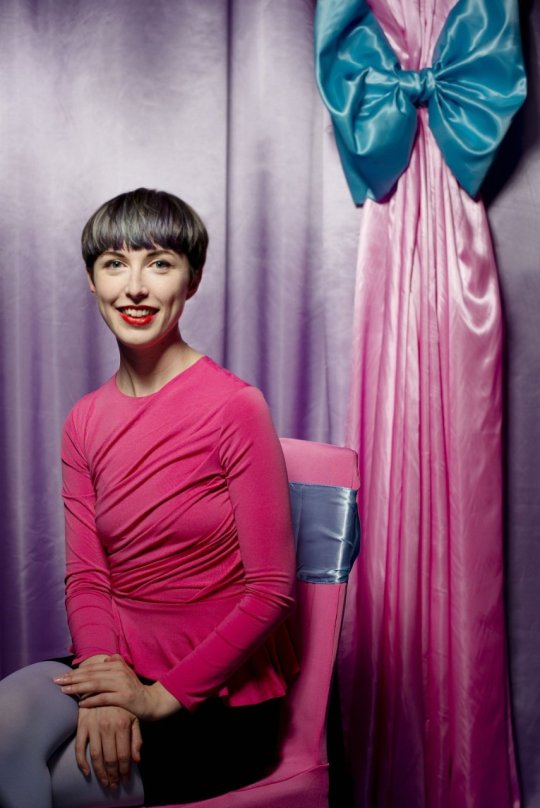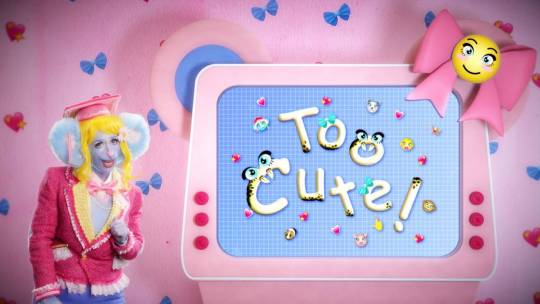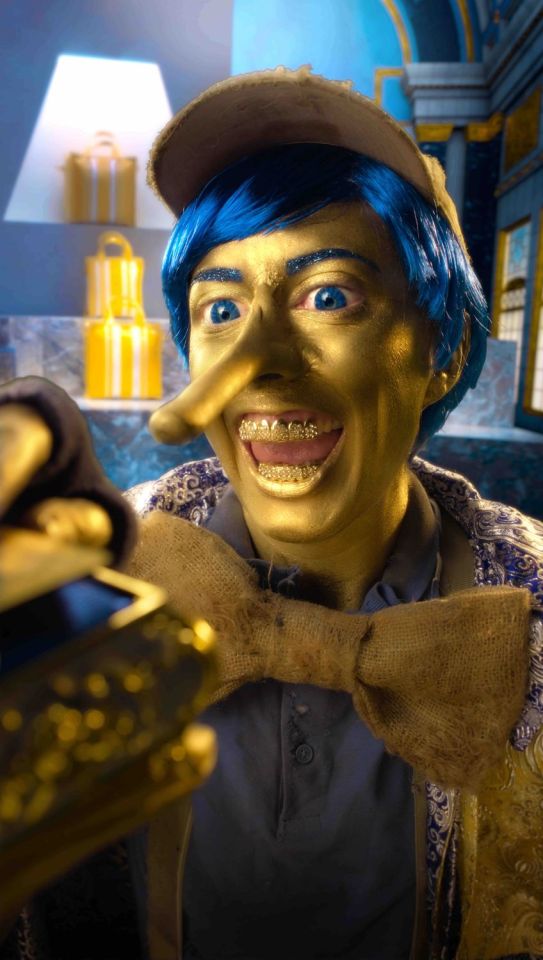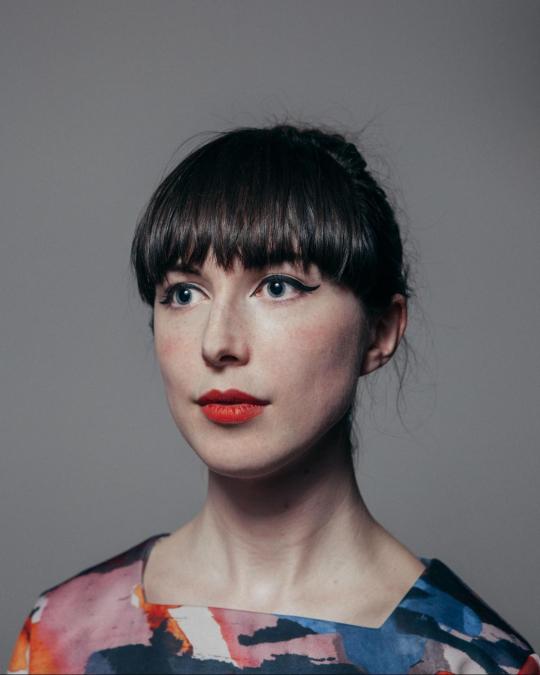#portrait of me provided by @artist-l-e back in 2018
Note
do you think fucking Batman would fix Joker? or make him even worse somehow?

#batman stuff#portrait of me provided by @artist-l-e back in 2018#bet ya didn't think i had held on to this huh#anyway this is not meant to be a flippant response! i got caught up in trying to define 'fixing'#real answer: it depends on how you define what a fix would be#if you want joker to start holding different opinions about the world this would not fix him. if anything he'd be validated#if we're looking for practical output in terms of decreasing homicides i'd say it depends on if joker would regard it as a disruption#of the status quo or a continuation of it#i'd say joker is above all invested in keeping the status quo. what he does is not a mean to an end to get batman's attention#it's exactly how he wants to live his life. it's a conscious choice that he makes over and over#the dance with batman IS the meaning that he's given to his life#fucking could be part of the dance. it could also mean an end to it. i'd say it also really depends on what bruce's intention behind it is#personally i'd say no matter how they eventually get there there is no other end to their relationship than death#and then i got caught up in my personal opinion which resulted in the above comic: to me there's nothing to fix#i can't really regard him in terms of fixability because as is he serves the role in the narrative that i want him to play#the appeal of the joker is that he's an evil gay murderclown who is above all else happy#how could you fix a man who enjoys life this much?
12 notes
·
View notes
Text
Rachel MacLean: Modern Day Master
,‘Sickly sweet’ and ‘coloured with an absurdist comedy’ (Brown, 2018). ‘Tacky, kitsch and utterly repellent’ (Saunders, 2018). ‘A constant back and forth between the seductive and the unsettling’ (Couston, 2016). These are just a few ways the saccharine colour schemed work of artist Rachel MacLean has been described.

Rachel MacLean. Image: David Bebber, 2019
Possibly the most pertinent contemporary artist of our time, MacLean’s works are predominantly digital videos (Couston, 2016). Born in 1987, Maclean has gained attention in recent years, even going on to represent Scotland at the 2017 Venice Biennale (Saunders, 2018).
I first discovered the work of Rachel MacLean when she curated Too Cute (2019) at Birmingham Museum and Art Gallery. The exhibition, alongside an explanation video by “Dr Cute”, played by MacLean, drew me in, in a way no exhibition had before.
For Too Cute, MacLean had juxtaposed ‘contemporary objects and art with those from the Nineteenth Century’ (King, 2019). The questions the exhibition aimed to raise were one factor that intrigued me. Have people always had a compulsion to all things cute and lovely? Has the idea of cuteness changed over the generations? At what point does cute cross the line into scary and repelling?

Still from Dr Cute video. Image: Art Fund, 2019 https://www.artfund.org/whats-on/exhibitions/2019/01/26/too-cute-exhibition
The other factor was the way these questions were presented to the viewer. While Dr Cute’s video touched on serious themes such as escapism from our daily lives and the excesses of consumerism, it was almost masked by the candy colours, exaggeration, reference to pop culture and satirical element. ‘Cuteness is a huge part of contemporary life: advertising, filters, emojis, memes, fashion’ and so on (King, 2019). Therefore, while MacLean’s art seemed absurd, it was, as with much of her work, ‘at once entrancingly strange and disturbingly familiar’ (Langley, 2016).
So, what exactly does Rachel MacLean do? Within her videos the artist uses green screen technology to display digitally created imagined backgrounds (Couston, 2016). Alongside digital editing, MacLean’s aesthetic is marked by a continuous reference to pop culture and mass media tropes. For example, Feed Me (2015) includes ‘X-factor style auditions, skin cream ads, Disney style sing-alongs and a soap opera’ (Couston, 2016). However, MacLean takes the merging of the real and the imagined one step further; her films are ‘collaged from found objects’ (Langley, 2016) and often contain found audio sources, ranging from Britain’s Got Talent to David Cameron’s speeches (Couston, 2016).

Still from Feed Me. Image: Frieze, 2016 https://www.frieze.com/article/focus-rachel-maclean
MacLean’s characters are distinct art works in their own right. Her characters, ‘taken from Disney animations and fairytales or inspired by commercial advertising,’ (Couston, 2016) are made up of found objects such as wigs, masks, and ‘elaborate candy-coloured costumes’ (Brooks, 2018). With MacLean a fan of caricature (Saunders, 2018), it is no surprise that her characters possess jarring features, whether accentuated teeth or melting skin. As MacLean explains in an interview, “there’s a strange power in the grotesque,” it can be easily and purposefully achieved, as opposed to today’s beauty standards that aim to keep you buying (Brooks, 2018).

Still from Spite Your Face. Image: ArtRabbit, 2018 https://www.artrabbit.com/events/rachel-maclean-spite-your-face-chapter
Among her influences MacLean counts Cindy Sherman particularly her portraits; “it feels very relevant now to the age of social media… people representing themselves in photographs as their idealised self” (Brown, 2018). Additionally, she is inspired by video artists Shana Moulton and Ryan Trecartin (Langley, 2016). Comedy has impacted MacLean’s work, evident by the satirical nature of her films; “you can talk about serious ideas without it feeling too weighty… laughing at systems of power is quite a powerful thing” (Brown, 2018). However, perhaps somewhat unexpected at first glance, MacLean’s work is steeped in Art History. A fan of Bosch’s Renaissance triptychs and Hogarth’s eighteenth-century cartoons (Saunders, 2018), the influence of the past on MacLean’s work can be seen in Spite Your Face (2017) with Piero della Francesca’s one point perspective, and the ‘crowded, flattened world of a Giotto fresco’ (Brown, 2018), and in Make Me Up (2018) in which MacLean challenges ‘the male oriented art canon’ (Brown, 2018).

Still from Make Me Up. Image: Rachel MacLean, 2018 http://www.rachelmaclean.com/make-me-up-film/
MacLean’s works encapsulate a range of themes and ideas paramount in today’s society. She ‘presents a critical and satirical view of the excesses of consumerism,’ even touching on the commercialisation of happiness and wellbeing (Couston, 2016). During filming for Channel 4’s Artist in Residence series, MacLean was able to delve deeper into this, after living inside Birmingham’s Bull Ring shopping centre. Of consumerism, she stated, “it’s an entire culture that necessitates dissatisfaction,” and thus was born a new character; the Satisfaction Bunny (Brooks, 2018). MacLean also discussed the hidden level of censorship in what are seemingly public spaces, after not being able to film in shops or interview staff; “the only way was to make art about the level of censorship around these brands” (Brooks, 2018).

MacLean outside the Bullring as the Satisfaction Bunny. Image: The Guardian, 2018 https://www.theguardian.com/artanddesign/2018/aug/05/rachel-maclean-artists-in-residence-channel-4-birmingham-bullring
MacLean has touched on various types of identity within her work; The Lion and The Unicorn (2012) and A Whole New World (2014) engages with Britain’s national identity and colonial past while Feed Me explores the class divide (Langley, 2016). Make Me Up, on the other hand, explores women’s suffrage and male fear at female empowerment (Saunders, 2018). The recurring presence of technology and reliance on smart phones is another identifier of MacLean’s work, with the ‘unnervingly cutesy aesthetic’ (Langley, 2016) being compared to that of social media filters (Brown, 2018). Throughout all of this, characters within the films speak directly to the camera; MacLean is confronting us, urging the audience to directly engage with issues presented to them (Langley, 2016).

Still from A Whole New World. Image: BBC, 2013 https://www.bbc.co.uk/programmes/p052dh8s
Rachel MacLean isn’t the first or only artist to analyse these themes. However, the aesthetic she uses and the continuous references to the modern day make her works difficult to ignore, and her ideas more easily accessible and understood. This is furthered by the range of influences she draws on, ‘from Baroque architecture to Korean pop videos’ (Saunders, 2018). I am fascinated with how MacLean is able to reflect modern society in her works, using satire to get us to subconsciously question it ourselves. As Frieze sums it up, MacLean ‘exaggerates pop culture in order to reveal its underlying absurdities, heightening our awareness of reality rather than providing fanciful distraction from it’ (Langley, 2016).

Rachel MacLean. Image: The Herald Scotland, 2016 https://www.heraldscotland.com/news/14481256.meet-rachel-maclean-candy-coloured-nightmare-world-artist-represent-scotland-venice-20
Sources:
Brooks, L. (2018) Rachel MacLean: My month in hell as the Bullring bunny [Online] Guardian. Available at: https://www.theguardian.com/artanddesign/2018/aug/05/rachel-maclean-artists-in-residence-channel-4-birmingham-bullring (Accessed: 5th March 2021)
Brown, G. M. (2018) Rachel MacLean: Satire for the Age of Snapchat [Online] Financial Times. Available at: https://www.ft.com/content/a6cb6d0a-bfee-11e8-95b1-d36dfef1b89a (Accessed: 7th March 2021)
Couston, E. (2016) Five Minutes on Rachel Maclean [Online] Tate. Available at: https://www.tate.org.uk/context-comment/articles/rachel-maclean-art-now (Accessed: 7th March 2021)
King, J. (2019) Too Cute! What happens when sweet gets sinister? [Online] Art UK. Available at: https://artuk.org/discover/stories/too-cute-what-happens-when-sweet-gets-sinister (Accessed: 5th March 2021)
Langley, P. (2016) In Focus: Rachel MacLean [Online] Frieze. Available at: https://www.frieze.com/article/focus-rachel-maclean (Accessed: 5th March 2021)
Saunders, T. F. (2018) Rachel MacLean interview: ‘There’s a fear that if women makes jokes they’re going to start laughing at men’ [Online] The Telegraph. Available at: https://www.telegraph.co.uk/art/artists/rachel-maclean-interview-fear-women-make-jokes-going-start-laughing/ (Accessed: 7th March 2021)
2 notes
·
View notes